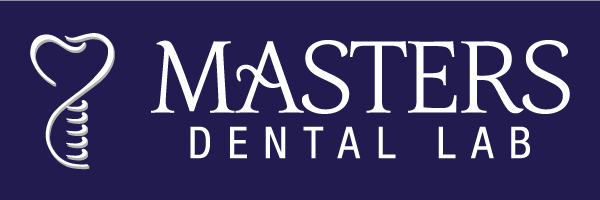Comparison of Accuracy of Current Ten Intraoral Scanners
Introduction:
In recent decades, there has continuous advancement in digital technologies in dentistry, such as computer-aided design/computer-aided manufacturing (CAD/CAM) systems, milling systems, three-dimensional (3D) scanning, and printing of various dental biomaterials [1–3]. Digital dentistry helps in the diagnosis, treatment planning, and fabrication of prostheses. An accurate dental impression is required to fabricate a good dental prosthesis or restoration [4, 5]. To fabricate a prosthesis or restoration digitally, dentists send the digital impression obtained from an intraoral scanner (IOS) from the clinic to the dental laboratory. Then, after receiving the digital scan, the dental technician creates a digital model, then designs, and finally manufactures the prosthesis

